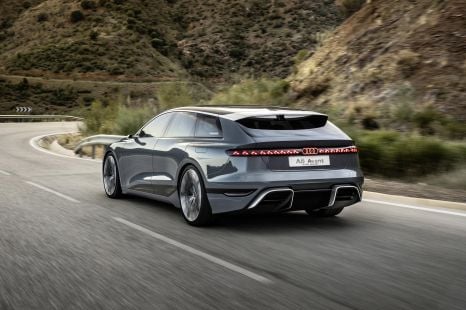

Derek Fung
Electric Audi RS6 e-tron high performance wagon cancelled - report
22 Minutes Ago

Contributor
The iconic Lotus Elise, Exige and Evora are now dead.
Lotus has announced that it has ended production of the three sports car lines, which have indirectly been replaced by the Emira.
A total of 51,738 examples across the three model lines have rolled off the production line at the company’s Hethel plant over the last 26 years.
This accounts for around half of the total production that plant has amassed over its 73-year history.
Lotus will now give the Hethel plant an upgrade to support the new Emira.

The last examples of the Elise, Exige and Evora models have been reserved for Lotus’ heritage collection.
35,124 Elise models have been produced since its introduction in 1996 at the Hethel plant and the final model is a Sport 240 Final Edition painted in yellow.
Over the years, the Elise has been powered by multiple Toyota-derived powertrains, with the Final Edition being powered by a supercharged 1.8-litre four-cylinder producing 182kW of power and 244Nm of torque.
10,497 track-focused Exige models have rolled off the production in line in Hethel since its introduction in 2000.
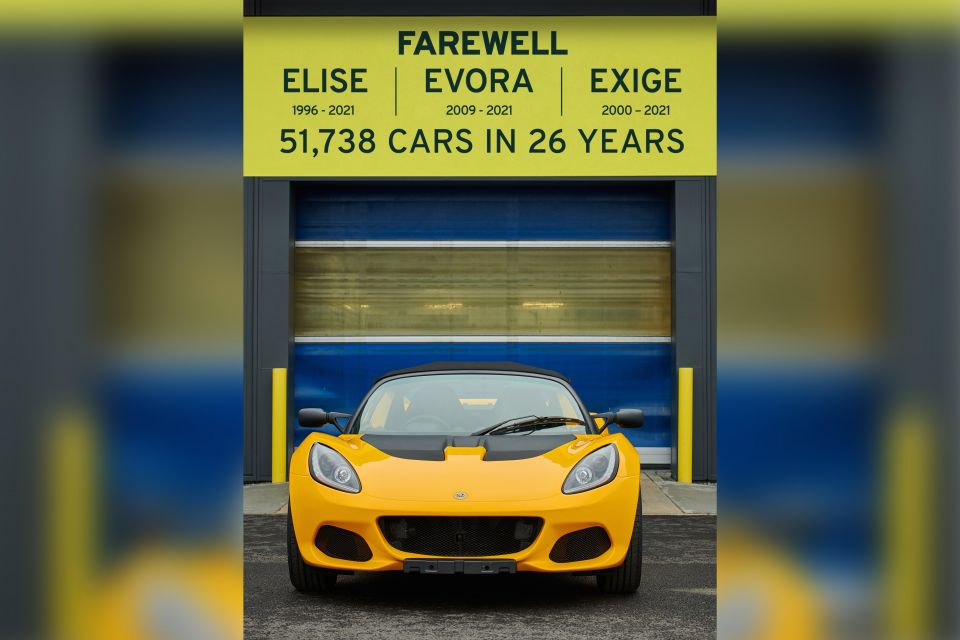
The last Exige model produced is a Heritage Racing Green Cup 430 Final Edition.
It’s powered by a Toyota-sourced 3.5-litre supercharged V6 that produces 321kW and 427Nm.
In Australia, both these Final Edition models were made available.
CarExpert reported in September the Elise was sold out in Australia and there were only a handful of Exige models left within the dealer network, plus a single Evora demonstrator.
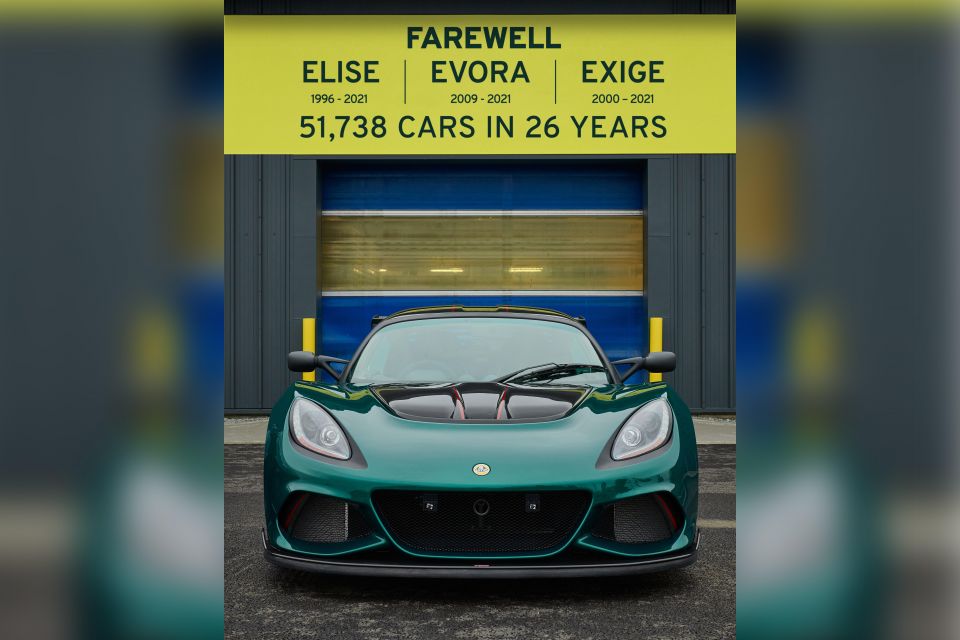
The Elise and Exige sports cars were built on Lotus’ small car platform.
This also formed the basis of the Opel Speedster/Vauxhall VX220 (7200 cars built between 2000 and 2005) and the first-generation Tesla Roadster (2515 cars built between 2007 and 2012).
It also was used in the Europa, and motorsport-inspired 340R, 2-Eleven and 3-Eleven Lotus models.
6117 Evora coupe models rolled off the production line at the Hethel plant since its introduction in 2009 and the last model produced was a dark metallic grey GT430 Sport model.
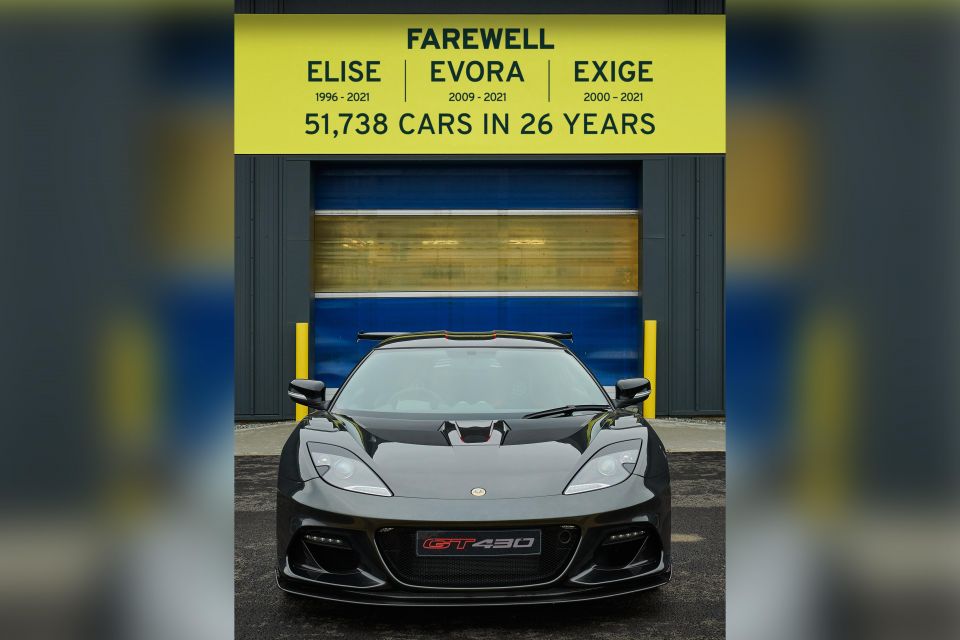
“The impact of these three cars has been spectacular over the years, technically, structurally and dynamically,” said Richard Rackham, Lotus Cars’ head of vehicle concepts.
“But all technologies and innovations move on and, if you had asked me of my proudest moment four years ago, I would have, without hesitation, said the Elise chassis.”
With the cessation of production of these three Lotus models, the automaker’s transition to electric vehicles is underway.
“2022 is going to be a great year as a new Lotus generation swings into action,” said Russell Carr, Lotus Cars’ design director.

Lotus is gearing up for an all-electric future with its final internal-combustion engine (ICE) car, the Emira, coming to Australia in July 2022.
It’s powered either an Mercedes-AMG-sourced 2.0-litre turbocharged four-cylinder, or a Toyota-sourced 3.5-litre supercharged V6.
The automaker also has its Evija all-electric hypercar that has a total system output of 1470kW and 2000Nm thanks to its four electric motors.
Lotus has previously announced it’s launching four new electric models in the next five years, which will be built at a new factory and headquarters in Wuhan, China.
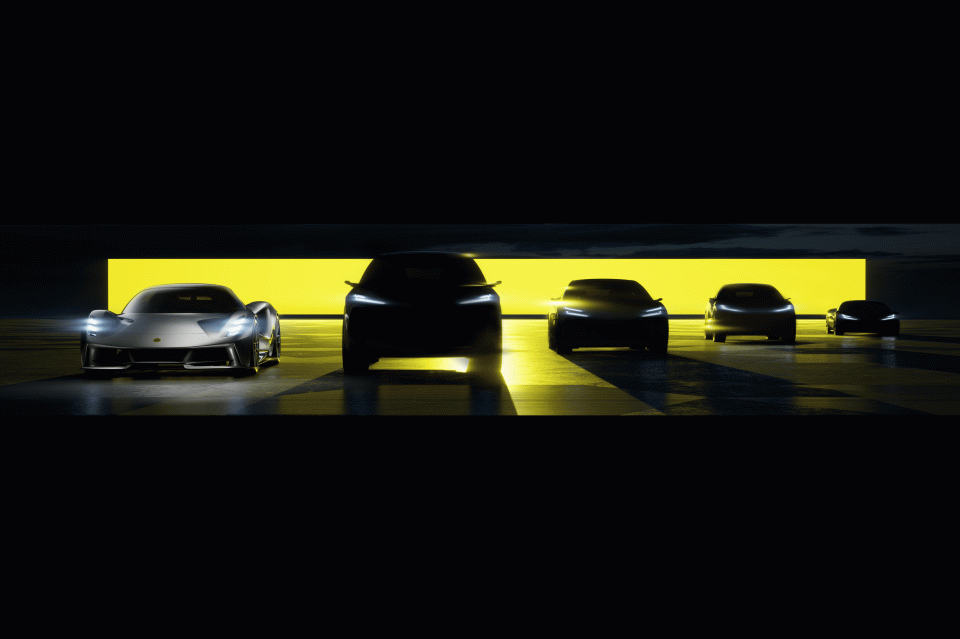
Its Chinese production plant covers an area of over 1 million m2 and will have a projected annual production capacity of 150,000 vehicles.
Lotus has invested over 8 billion RMB (A$1.74 billion) in the plant, which the company says will be the first in the world with an “integrated intelligent test track” that can accommodate vehicles driving at speeds of up to 230km/h through 16 corners.
The Lotus Type 132 SUV has been teased a number of times before its launch between March and May 2022 and will rival the Porsche Cayenne.
An E-segment four-door coupe will follow in 2023, with a D-segement SUV, the Type 134, following in 2025, while a sports car, the Type 135, will follow in 2026.
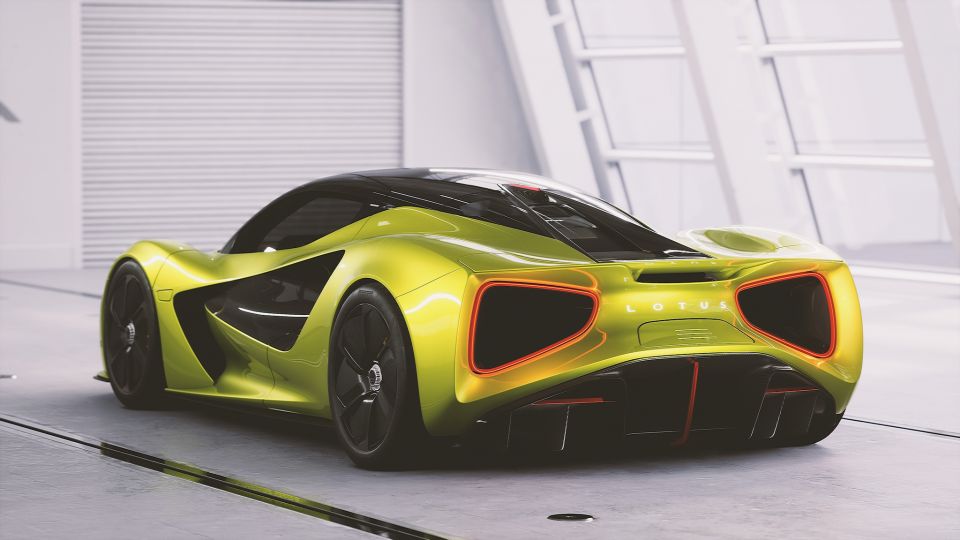
Lotus is in the process of rolling out four new platform architectures:
The Premium architecture has been designed to accommodate C-E segment vehicles, and Lotus says it supports a wheelbase range from 2889mm to 3100mm and could be expanded further.
Vehicles on this architecture will use 92-120kWh batteries with an 800V charging system, and will be capable of 0-100km/h times of under three seconds.
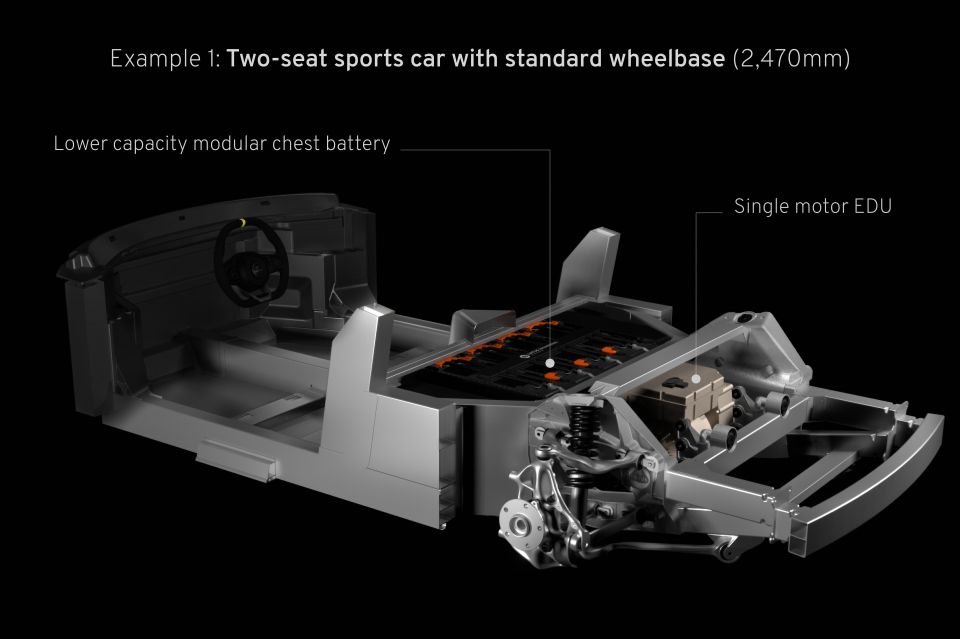
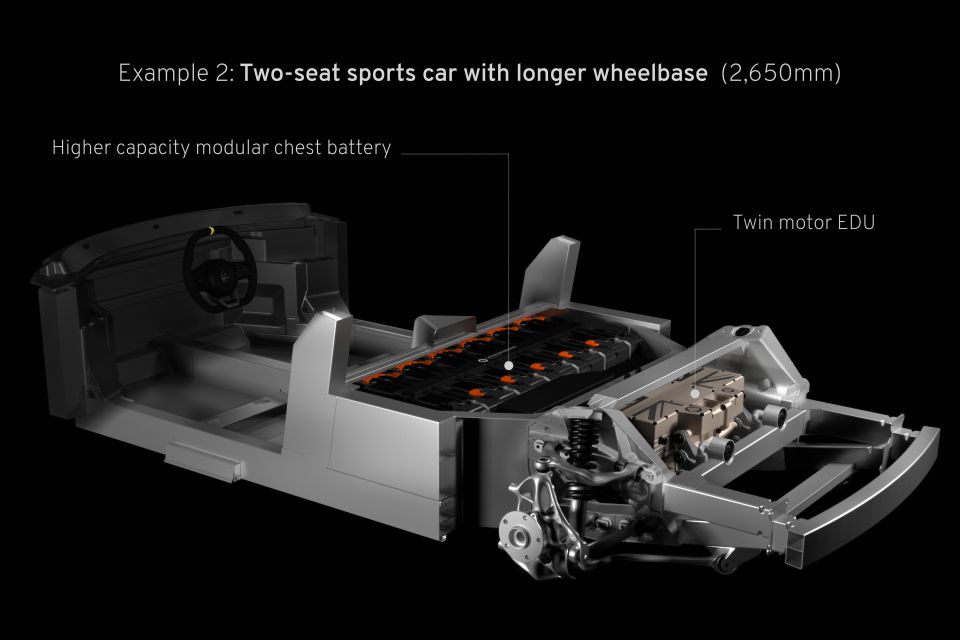
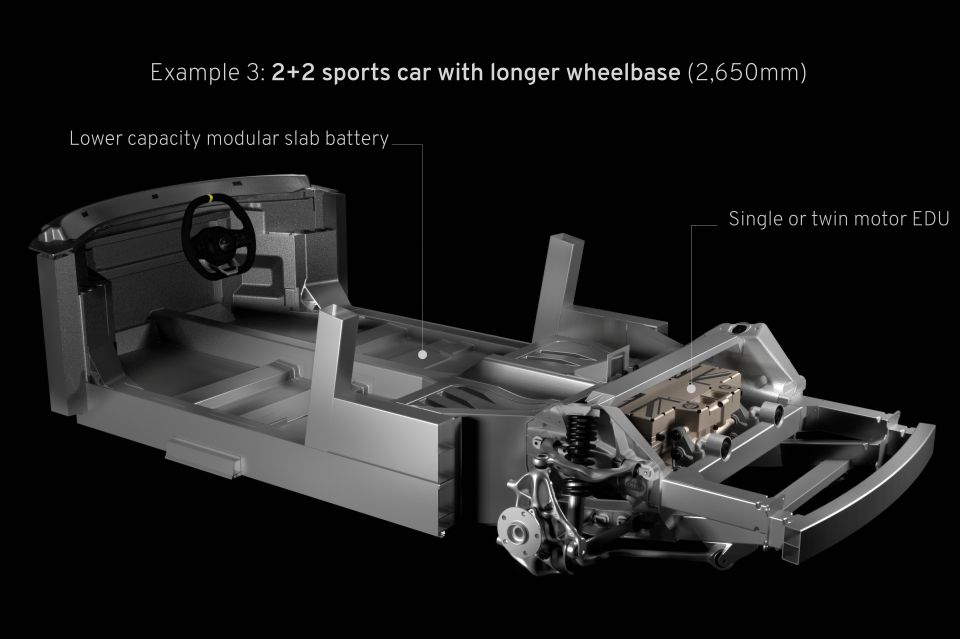
Lotus has established a new division, Lotus Technology, which the company says will “accelerate innovation in the fields of batteries and energy management, electric motors, electronic control systems, intelligent driving, intelligent manufacturing and more”.
While much of Lotus’ activity will be based in China, Lotus Technology and the company’s UK team will work together on development.
The UK operation will be responsible for the development and production of sports and hypercars, as well as coordinating Lotus’ global sales.
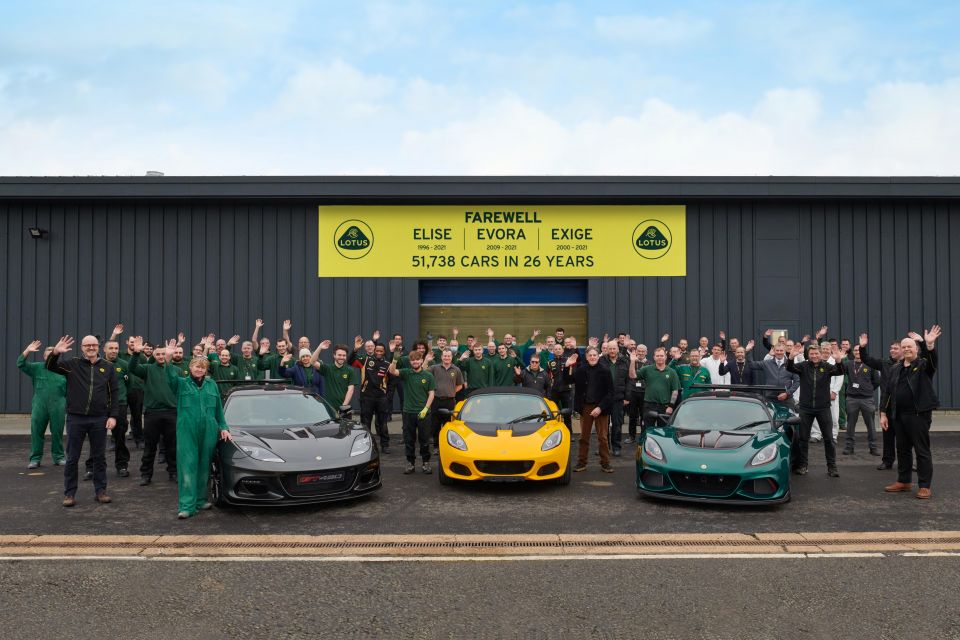
Lotus will also maintain its R&D team at the Lotus Technology Innovation Centre in Raunheim, Germany.
“Together the China and UK teams will empower our journey towards an expanded, intelligent and electric future, achieving the ambitions and goals that have been in the making for 73 years of the Lotus brand,” said Group Lotus CEO Feng Qingfeng.
One of the key investors in Lotus is Li Bin, founder of Chinese EV brand Nio, and Lotus says in the future “both parties may explore opportunities for mutually beneficial industrial cooperation”.
MORE: Lotus Elise • Lotus Exige • Lotus Evora
Where expert car reviews meet expert car buying – CarExpert gives you trusted advice, personalised service and real savings on your next new car.
Jack Quick is an automotive journalist based in Melbourne. Jack studied journalism and photography at Deakin University in Burwood, and previously represented the university in dance nationally. In his spare time, he loves to pump Charli XCX and play a bit of Grand Theft Auto. He’s also the proud owner of a blue, manual 2020 Suzuki Jimny.


Derek Fung
22 Minutes Ago


Alborz Fallah
22 Minutes Ago
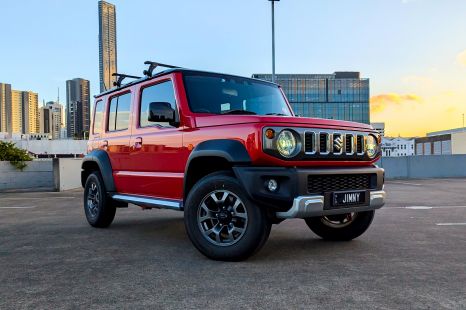

William Stopford
7 Hours Ago
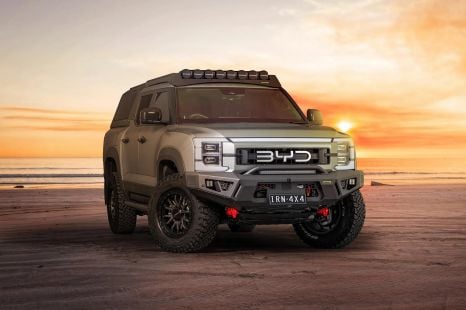

William Stopford
16 Hours Ago
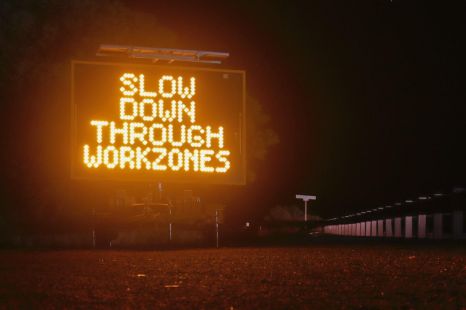

Ben Zachariah
18 Hours Ago
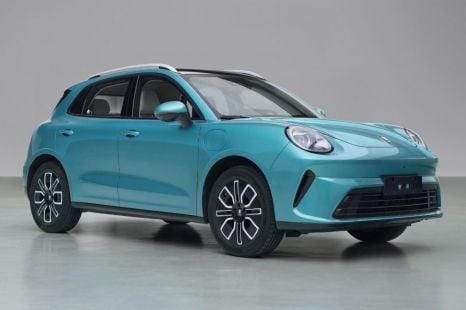

William Stopford
18 Hours Ago